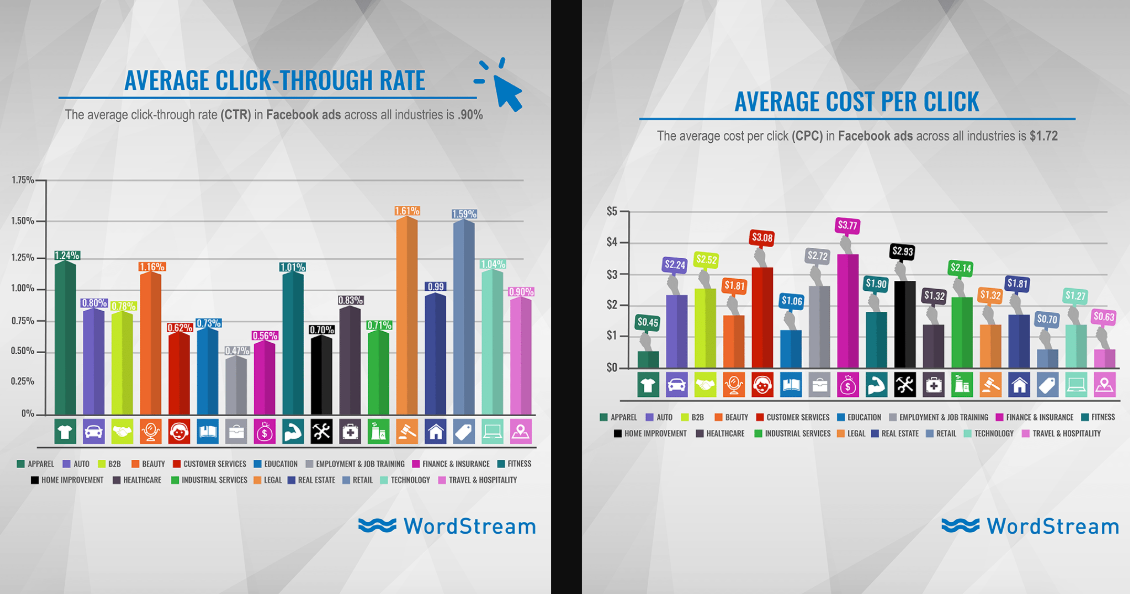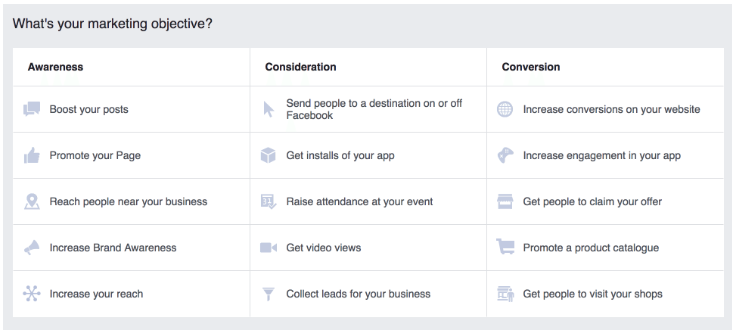Driving traffic seems pretty straightforward. Slap up some social media posts, buy some Google Ads. Your business is bound to go viral in no time, right?
Wrong.
You need to be strategic about asking people to come to your website. For one, your website needs to be optimized for the crowds. Your ads also need to be tailored to the correct audience and be consistent with what you’re offering.
Is your goal to catch all the eyeballs or just the best ones? Here are some easy tips that will help you attract more and better traffic to your site. Let’s dive in:
1. Outdo Google’s Top Performers
Go above and beyond in your web copy, blog content, and what you post on social. This means going out of your way to learn who is ranking #1 for your chosen keywords and writing, well, better than they do.
Get to know their content and spot the holes. It’s your job to fill those holes with your content, answering the questions yet to be answered.
Additionally, you could try updating older posts, improving the design, or adding more detail. “Better” is subjective, but you can set out to be more informative and accessible than your competitors.
2. Backlink With Purpose
One way to show the search engine gods that you deserve some love is by having trusted websites vouch for you. Backlinks (or a hyperlink back to your page or products) can come in many different forms. Examples include guest blogs (more on this later), link exchange, mentions, forum posting, and news articles.
Now, to start this process, you’ll need to build relationships with bloggers, media outlets, and social media influencers. Make a spreadsheet and start reaching out to the big names in the space. If you’re a smaller company, you may have better luck connecting with “micro influencers” or smaller niche publications.
Do not start attaching your name to low-quality sites lingering deep in Google’s many Os. Search engines reward you when they see that you are connected to higher authority websites.
Work to create links that are relevant to the people in your space. If you’re selling organic snacks, use language that attracts people seeking gluten- or dairy-free choices. Or, promote them to the Paleo crowd.
Finally, while inbound links are super important to your SEO strategy, and by extension, driving traffic, you need to build with care.
If you do too many at once, your website might get in trouble with Google. The search engine penalizes people they believe are buying links, so a slow and steady approach works better.
3. Guest Blogging
Guest blogging helps bloggers get traction, sure. But how can writing for someone else’s blog help you get the traffic, subscribers, and shoppers you’re after? So, if you’re selling athleisure type stuff, but few people know about you, outside posting can get more eyeballs on your leggings.
Using this example, if you’re writing blog posts for first-time cooks, you might have an in with people looking for your company’s meal kits.
A few ways guest posting can help you grow:
- Guest blogging can help you grow your email list
- Expose you to a new audience
- Help you find leads and new customers
Normally, when you write a guest post, you get the opportunity to add an author bio with a link back to your website.
1. Look for blogs that accept guest posts — You can uncover opportunities by Googling “niche + write for us,” “guest post + niche,” and the like.
2. Make sure those blogs are relevant to your niche — While you want traffic and authority, the outlet needs to match your offerings. If a site covers cars and auto parts, a guest blog about fixing your air conditioner will seem out of place.
3. Consider their traffic — Guest blogging for a low-authority site only makes sense if you’re building a writing portfolio from scratch. Use tools like Alexa, Compete or Quantcast to quickly check site stats.
Here, you might not get the full picture, but you’ll get a sense of whether something brings more clout to the table than what you’re currently working with. Alexa is good for just the basics, while the latter two can help you get a sense of what’s going on behind the scenes of larger sites.
Craft Your Pitch
Once you’ve found some outlets and influencers, how do you approach them? Here are a few ways to engage, rather than annoy:
- Keep things short: If it’s a popular outlet, they’re getting a ton of inquiries. Get to the point ASAP.
- Make it personal: If possible, address the pitch recipient by name. It shows that you’ve made an effort in learning the basics.
- Be casual: Don’t be overly formal. Your initial email is a reflection of how you will come across in the hypothetical guest post.
4. About those Google Adwords
According to a Sitewit study, businesses make about $2 in revenue for every $1 spent on AdWords. Paid ads are over 50 percent more profitable than unpaid social media, a medium which has an ROI of over 40 percent.
Now, paid media is a really effective way to attract people to your website, but it’s not a band-aid solution. If you start paying for ads without a solid strategy, you’re not going to attract the right traffic.
Some tips for getting traffic that actually converts:
- Make sure the messaging is consistent pre- and post-click. Does the ad copy reflect the content on the landing page?
- Include special offers that direct users to a specific landing page. Don’t direct paid traffic to your homepage, it will be harder both in terms of measurement and tracking.
- Be sure the target keyword brings up ads that are relevant. See if competitors come up when you Google the keyword you’re aiming for as a point of reference.
If you post a single ad on AdWords, pick one keyword. Don’t try to stuff your limited space with 10 different phrases and send the traffic to your site’s homepage. This will attract people who likely don’t know what they’re getting. Chances are, they’ll arrive on the scene only to leave when they realize they’re in the wrong place.
5. Organic Keyword Strategy
But all those ads work in harmony with an organic keyword strategy. Organic keywords are the terms present in your content that users type into a search query to find information.
Some keywords are aimed at helping people make a purchase–“running shoes size 8.” Others seek information–“how long do I need to cook a pork chop?”
Determine whether you want to inform your audience or attract buyers. It’s not a one or the other strategy. Instead, pick one per landing page, blog post or product page.
Failing to do so results in either no keywords on the page or a real mish-mash. You’ve seen awkward stuffing–here’s an example, courtesy of Google:
What to do with your existing keyword research:
- If you already have a sense of which words breed conversions, try ranking for similar terms. These people might word things differently than you would, but they want the same things.
- Make sure you use these words in your sales copy. Even if you’re not paying to promote every page, people will start to find you based on the terms you use.
- People are finding you based on those words, use them in your sales copy to increase landing page relevancy.
6. Facebook and Instagram Ads
We’re lumping these two channels together because you control both platforms from one central hub. Also, Instagram and Facebook go through the ad setup process in the same way.
Like AdWords, the reason to pay for social ads is to drive traffic to a specific landing page that calls out a desired action. Click To TweetThe difference is, an AdWords post is limited to a handful of characters, while FB and Insta ads look like regular posts.
Goals with Paid Social
Establish a few goals before you blindly promote an ad. Facebook allows you to start by selecting a marketing objective.
Goals might include:
- Increasing web traffic
- Boosting attendance at an event
- Generating new leads—so, somehow getting people to enter information in exchange for a newsletter or download
- Increasing engagement on Facebook or Instagram
All of these goals are great but don’t do more than one at a time. Again, pushing it all out there in one fell swoop means convoluting your message. Keep it clean.
Metrics to Keep in Mind
- Conversion rate: Conversions are the percentage of people who complete the action you want. Notice how many people bought something or signed up for an email compared to how many clicked and didn’t do anything.
- ROI: Determine if you made enough sales (resulting from ads) to cover your ad expenses. If the goal is growing an email list or followers, ROI is proven down the road if those leads buy or subscribe.
- Frequency: This metric gives you a look at how often your ads are seen by each person in your audience. Don’t let this get too high, people will start to ignore you.
- Cost per Click (CPC): Here, you’re looking at how many people who clicked on the ad, versus how many people converted. Not everyone will do what you want, but keeping track of this metric serves to inform you how on message your ad was. If you’re getting lots of clicks, but no sales, something is wrong and you are wasting good money.
- Cost per Action: This is your cost per sale or conversion. Beware of overspending to get a conversion. In this case, it may not be the most effective means of getting what you want.
Oh, and don’t forget to set a budget and a time limit. CPC campaigns can get expensive. Failing to check on this above metrics can mean you’re spending marketing dollars on the wrong messaging.
Wrapping it All Up
Getting traffic is critical to your site’s survival—it’s the difference between growth and well, death. But, you don’t have to sit around waiting for clicks to roll in, take matters into your own hands. Start incorporating some of the above steps and you’re bound to see a change.
Still, if you need some help, Tall Cube is more than happy to step in. We’ll systematically boost engagement efforts while tracking every metric worth tracking. Contact us today and boost both traffic and conversions.



